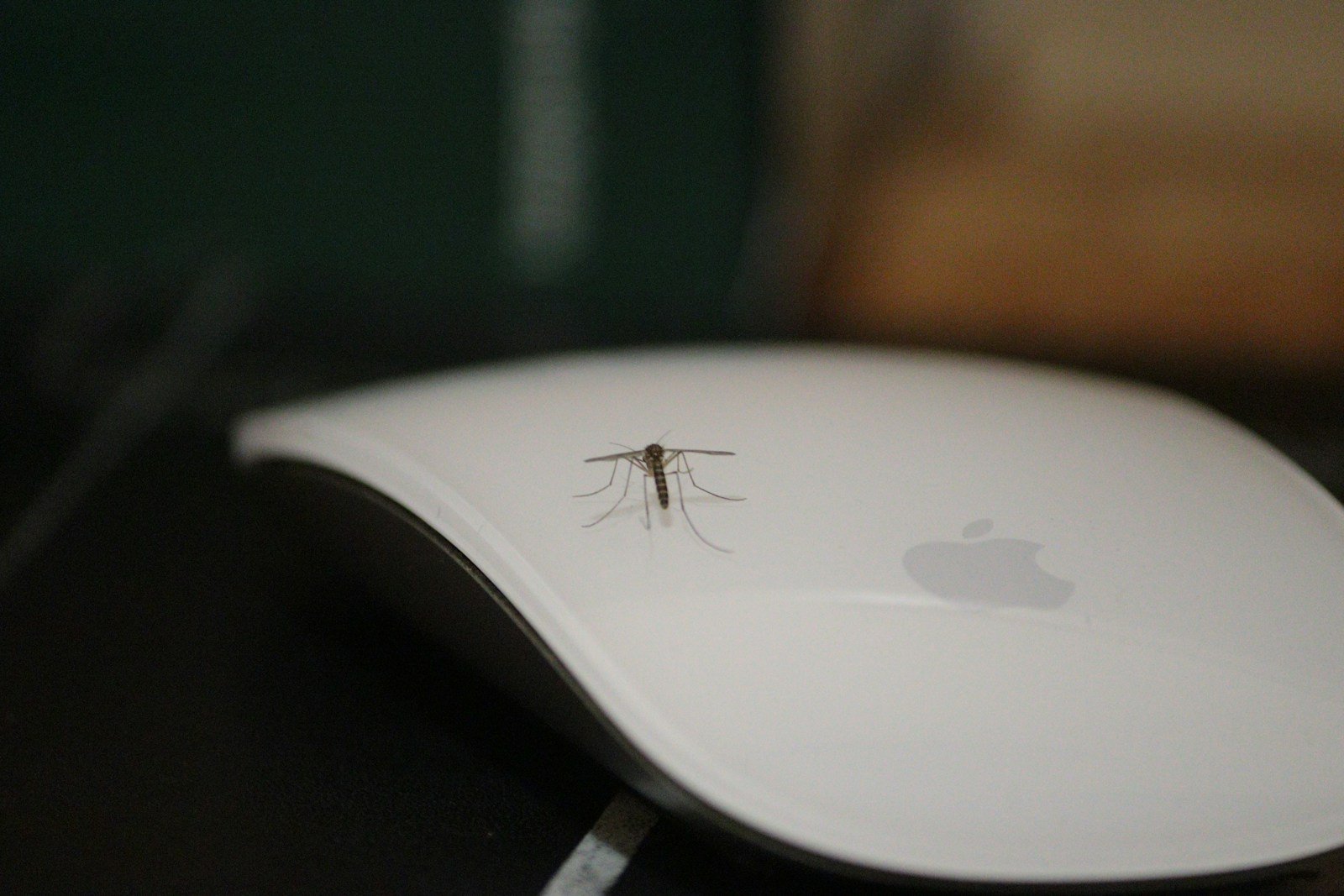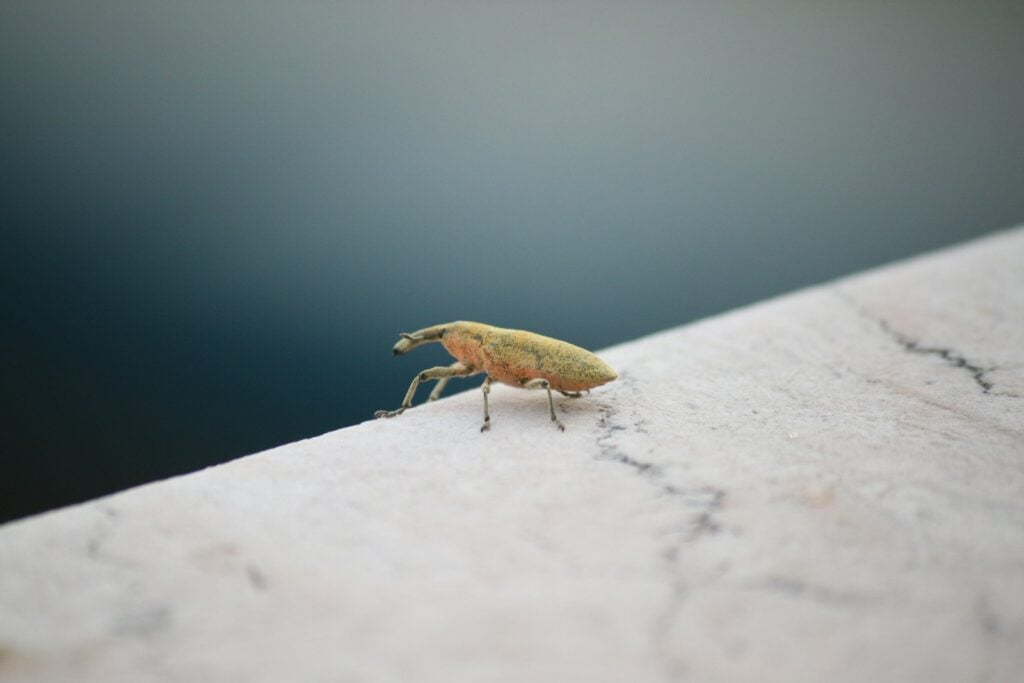Resources
Why Ignoring Gnats Is a Mistake: Effective Solutions
Ignoring Gnats: Why It’s a Mistake & Solutions

Ignoring gnats in your home is a mistake many make, largely underestimating the myriad problems these seemingly innocuous insects can cause. Despite their tiny size, gnats bring significant challenges to indoor environments, disrupting comfort, hygiene, and even health. Addressing this overlooked issue is crucial for maintaining a healthy, pleasant living space.
The Hidden Impact of Overlooking Gnats
Gnats may seem like a minor inconvenience, but their presence can lead to significant disruptions in your home. These pests are often found hovering around food, plants, and damp areas, their tiny size allowing them to go unnoticed until they’ve already multiplied. Their persistence can make everyday activities, like cooking or relaxing, irritating and unpleasant.
Moreover, the presence of gnats can indicate underlying problems with hygiene or moisture control in your home. They thrive in environments with excess moisture and decaying organic matter, such as rotting food or overwatered plants. Ignoring them may mean overlooking issues that could escalate into larger problems, including mold growth or food spoilage.
From an economic standpoint, gnats can indirectly lead to increased household expenses. As they contaminate food and other resources, the need for frequent replacements and additional cleaning supplies can be financially draining. Ignoring these costs, however minor they seem, can add up over time, impacting your budget more than anticipated.
Understanding the Gnat Menace in Your Home
Gnats are small, flying insects that belong to several species, including fruit flies, fungus gnats, and drain flies. Each variety has unique behaviors and preferred breeding grounds, but all share a common love for moisture and organic material. Understanding their lifecycle and habits is the first step in combating their presence effectively.
Fruit flies are particularly attracted to ripened or fermenting fruits and vegetables. They lay eggs near the surface of these foods, with larvae feeding on the decaying matter. Fungus gnats, on the other hand, are more likely to be found in the soil of potted plants, where they feed on fungi and organic material. Drain flies thrive in damp environments, such as bathroom drains, where they can quickly reproduce.
Recognizing the specific type of gnat infestation is crucial for targeting the source directly. A misdiagnosis can lead to ineffective treatments, allowing the population to grow unchecked. Being aware of the distinct signs and habitats of each species will enable you to apply the right solutions promptly.
Health Risks: More Than Just a Nuisance
While gnats are often dismissed as harmless, they pose several health risks that should not be ignored. These insects are potential carriers of bacteria and can contaminate food surfaces, increasing the risk of foodborne illnesses. Their presence in kitchens and dining areas is particularly concerning, as they can spread pathogens that lead to gastrointestinal issues.
For those with allergies, gnats can exacerbate symptoms. Their population often coincides with damp environments that promote mold growth, which can trigger respiratory issues in sensitive individuals. Additionally, the gnats themselves may cause allergic reactions, including skin irritation and itching, particularly when they come into direct contact with humans.
In rare cases, gnats can act as vectors for more serious diseases, transmitting parasites through bites or contaminated food. While the risk is relatively low, it underscores the importance of addressing gnat issues promptly to maintain a healthy living environment. The potential health implications make it clear that ignoring gnats is not a risk worth taking.
Common Missteps in Gnat Prevention Tactics
A common misstep in dealing with gnats is relying solely on temporary solutions without addressing the root causes. Many turn to chemical sprays or traps as quick fixes, but these methods often provide only short-term relief. Without tackling the underlying issues like moisture control and food storage, gnats are likely to return.
Another frequent error is misidentifying the type of gnat infestation. As previously discussed, different species have unique habitats and behaviors, which require tailored approaches. Treating all gnats as a single problem can lead to ineffective solutions, as the methods for addressing fruit flies differ significantly from those for fungus gnats or drain flies.
Homeowners also tend to overlook preventive measures that can stop gnats from invading in the first place. Simple steps such as sealing food containers, maintaining plant care routines, and ensuring proper drainage can dramatically reduce the likelihood of gnat infestations. Focusing on prevention rather than reaction can save time and effort in the long run.
Proven Strategies to Eliminate Gnat Infestations
To effectively eliminate gnats, it is essential to adopt a comprehensive approach that combines immediate actions with long-term prevention strategies. First, identify and remove breeding sites. For fruit flies, this means discarding overripe fruits and cleaning spills promptly. For fungus gnats, allow the soil to dry between waterings and remove decaying plant material.
Use traps and natural deterrents to reduce the adult gnat population. Vinegar traps, for instance, can attract and capture fruit flies, while sticky traps are effective against fungus gnats. Incorporating essential oils like citronella or eucalyptus can also deter gnats from entering certain areas of your home.
Lastly, maintain regular cleaning routines and moisture control. Ensure that drains are clear and dry, reduce humidity in problem areas with dehumidifiers, and store food in airtight containers. Regularly inspect indoor plants and adjust watering practices to prevent over-saturation. By integrating these strategies, you can prevent future infestations and maintain a gnat-free environment.
Ignoring the presence of gnats in your home can lead to a variety of problems, from health risks to increased expenses. By understanding their habits and implementing effective prevention and control measures, you can protect your living space from these persistent pests. Addressing the issue head-on is the best way to ensure a comfortable and hygienic home environment.
Conclusion
Gnats are more than just a minor annoyance; they are a sign of larger issues that require attention. By recognizing their impact and employing effective strategies, homeowners can successfully manage and prevent gnat infestations. Taking action today ensures a healthier, more pleasant living environment tomorrow.

-

 Resources4 years ago
Resources4 years agoWhy Companies Must Adopt Digital Documents
-

 Resources3 years ago
Resources3 years agoA Guide to Pickleball: The Latest, Greatest Sport You Might Not Know, But Should!
-

 Resources4 months ago
Resources4 months agoTOP 154 Niche Sites to Submit a Guest Post for Free in 2025
-

 Resources5 months ago
Resources5 months ago50 Best AI Free Tools in 2025 (Tried & Tested)
